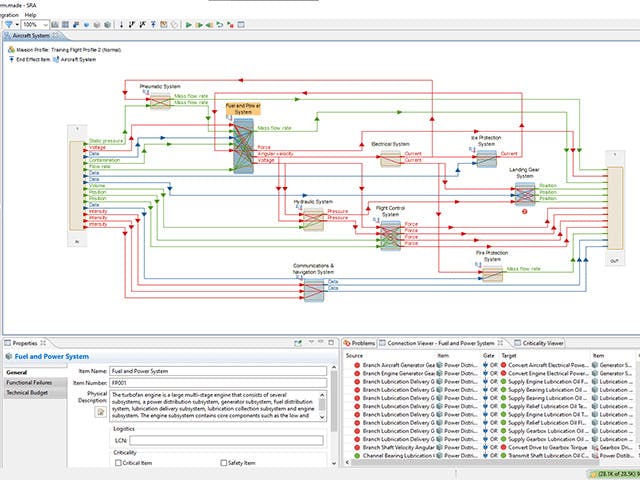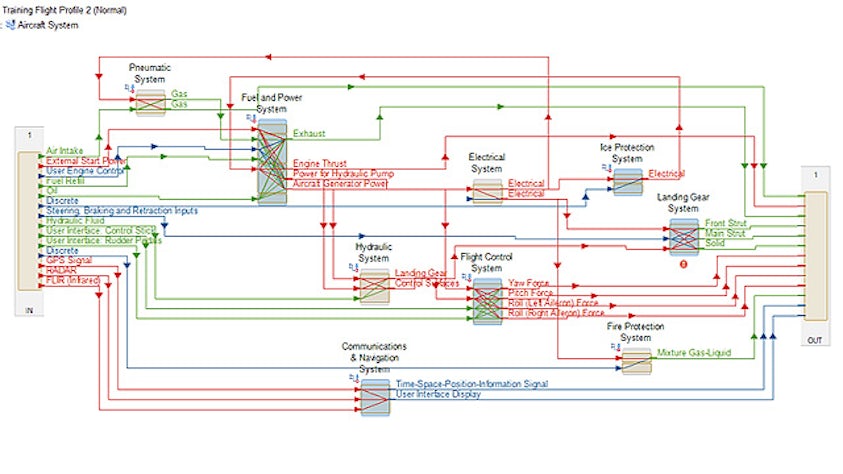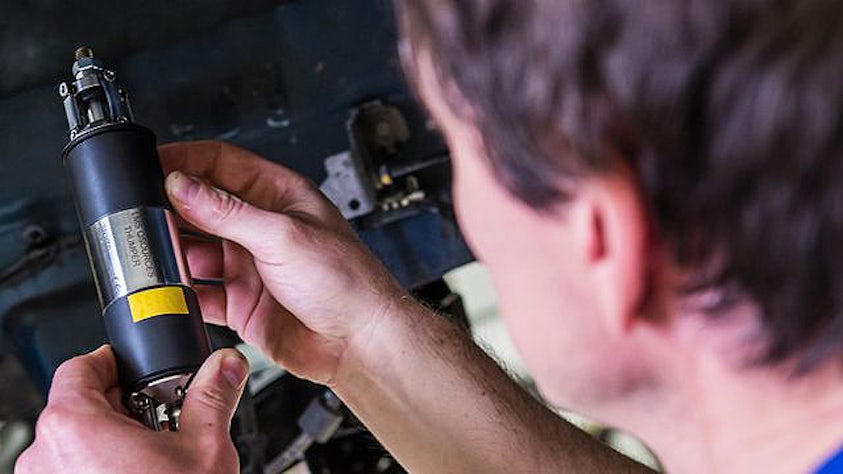Access MADE from PHM Technology for model-based reliability, availability, maintainability and safety (RAMS) analysis.
Tackle increased system complexity
Traditional manual methods of risk identification and mitigation are no longer practical or realistic in the face of increasingly complex engineering systems. The platform uses a digital twin to help identify and mitigate technical risk, optimize the design process, increase availability and promote continuous engineering innovation for complex engineering systems.
Overcome a distributed organization structure
Design organizations need to leverage technology to ensure that data, analysis methods, and processes are consistent, reliable, and efficient when used in a distributed work environment.
Capture digital domain knowledge
It is critical to capture the knowledge and experience of your team, so it isn't lost as people leave. A model-based RAMS solution can help with this by integrating domain knowledge into the model.
Support digital transformation
Digital transformation will not automatically lead to increased RAMS unless all aspects of the process are digitized. Any analog steps in the process will limit the potential benefits of digital transformation. A model-based approach to RAMS can lead to demonstrable cost, schedule, and technical benefits for your organization.
Learn more about Maintenance Aware Design Ecosystem

Discover more about our comprehensive reliability, availability, maintainability and safety platform (RAMS).





